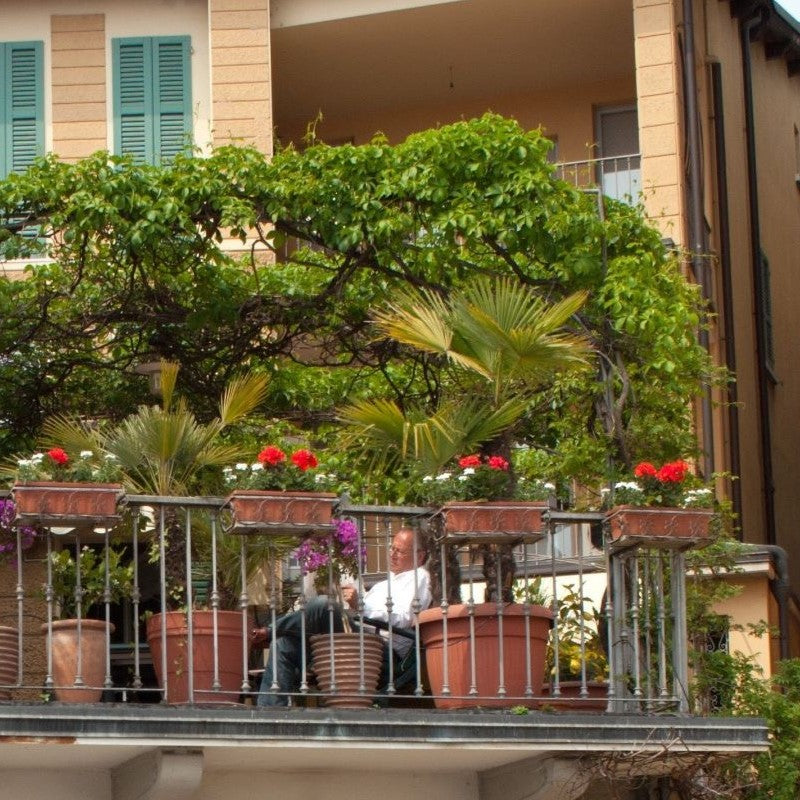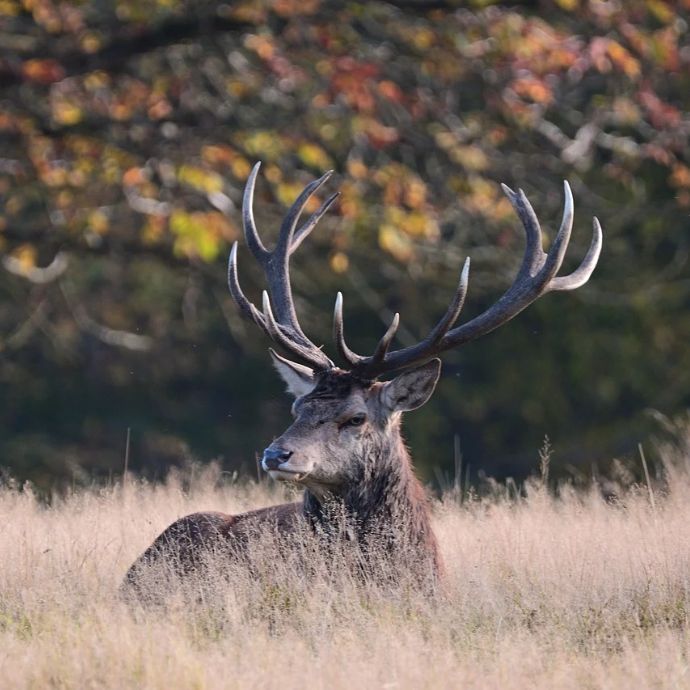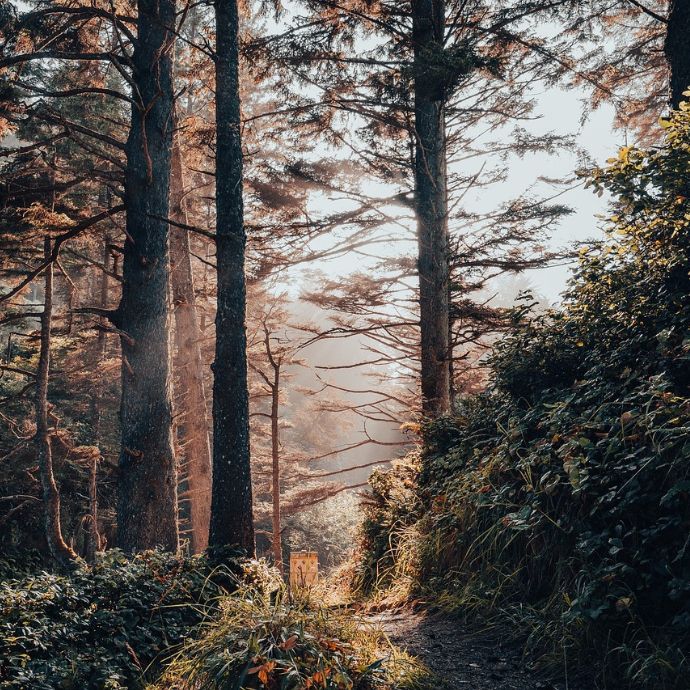Advice & Inspiration
10 Best Plants to Attract Bees to Your Garden

Bee numbers have been in decline for a number of years, which is a huge problem for us, since they pollinate the crops we rely on for food. Fortunately, as gardeners we can help to reverse this decline, filling our gardens with plants to provide the bees with the pollen and nectar they need.
Not all bee species are alike. Those with longer tongues prefer tubular flowers like Foxgloves, while those with short tongues prefer open blooms such as single Dahlias. Small bees tend to like small florets, while larger bees go for larger flowers. Perennials tend to produce the richest nectar and pollen, and it’s best to plant them in blocks because each bee species has its favourite and will tend to stay where there are more of them.
1. Hollyhocks (Alcea)
Tall Hollyhocks are like flags to the bees - they’re easily accessible, rich in nectar and loaded with pollen - everything a Bumblebee could wish for. Watch them root around inside Hollyhock flowers and emerge with their fluffy coats covered with grains of yellow pollen!
2. Astrantia
Hylaeus bees are among the many species that love composite flowers and can often be found on Astrantia blooms. Look out for visits from the most common of this type, the Yellow Faced Bee.
3. Foxgloves (Digitalis)
This favourite cottage garden plant is loved by long-tongued bees such as the garden Bumblebee and the Carder bee, who find Foxgloves' tubular flowers easy to fly in and out of.
4. Campanula
Campanula’s bell-shaped flowers are loved by solitary bees - especially Leafcutter bees and Bumblebees. The Gold Tailed Bee is also particularly attracted to blue, white, and yellow Campanula.
5. Eryngium
In the summer, Eryngium is permanently covered in bees! Its spheres of tiny blue composite flowers make it attractive to Honey bees, Bumblebees and solitary species like the Coastal Leafcutter bee. Butterflies love it too.

6. Lavender
Lavender has everything bees love - scent, colour and lots of easily accessible flowers. Plant in full sun, and you’ll soon see plenty of Bumblebees, Leafcutter bees, Flower bees and Mason bees.
7. Achillea
Achillea’s large, flat, umbrella-shaped flower heads provide the perfect landing platform for a variety of short-tongued solitary bees. See if you can spot Plasterer bees, Davies Mining bee and the distinctive Yellow-faced bees.
8. Crabapple trees
Bees are major pollinators of Crabapple trees! They can’t resist the clouds of pink or white blossoms produced by Crabapples in the spring, and these trees support a wide variety of species. Look out for the Red Mason bee, and consider putting your bee hotel nearby, as they love nesting in these. Other trees that bees love include Hawthorn, Willow and any blossoming fruit trees.
9. Alliums
You will often see Allium flowers covered in a variety of very small bees - these might include Furrow Bees, Sweat Bees and Blood Bees - named because of their red colouring. They all have short tongues, prefer simple open type flowers and can also be found on Astrantia, Thyme and Eryngiums.

10. Broad & runner beans
It’s not only the beans that are rich in protein - their pollen is too. The bell-shaped flowers of Broad beans are highly attractive to long tongued bees, while the bright blossoms of Runner beans are a draw for the Common carder bee which is a major pollinator.

The best way to maximise your garden’s bee appeal is to plant a mixture of flowers of all shapes and sizes. They’ll get the food they need; you’ll get countless sunny afternoons watching them at work in your flower beds and pollinating your fruit and vegetable crops - everyone wins!


























